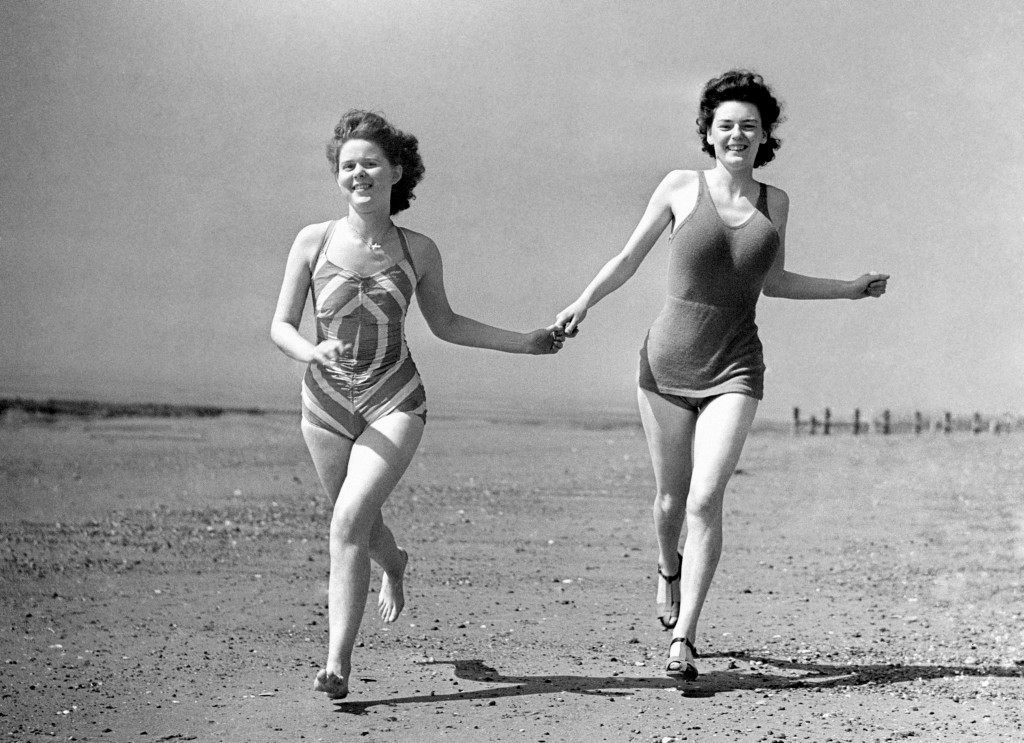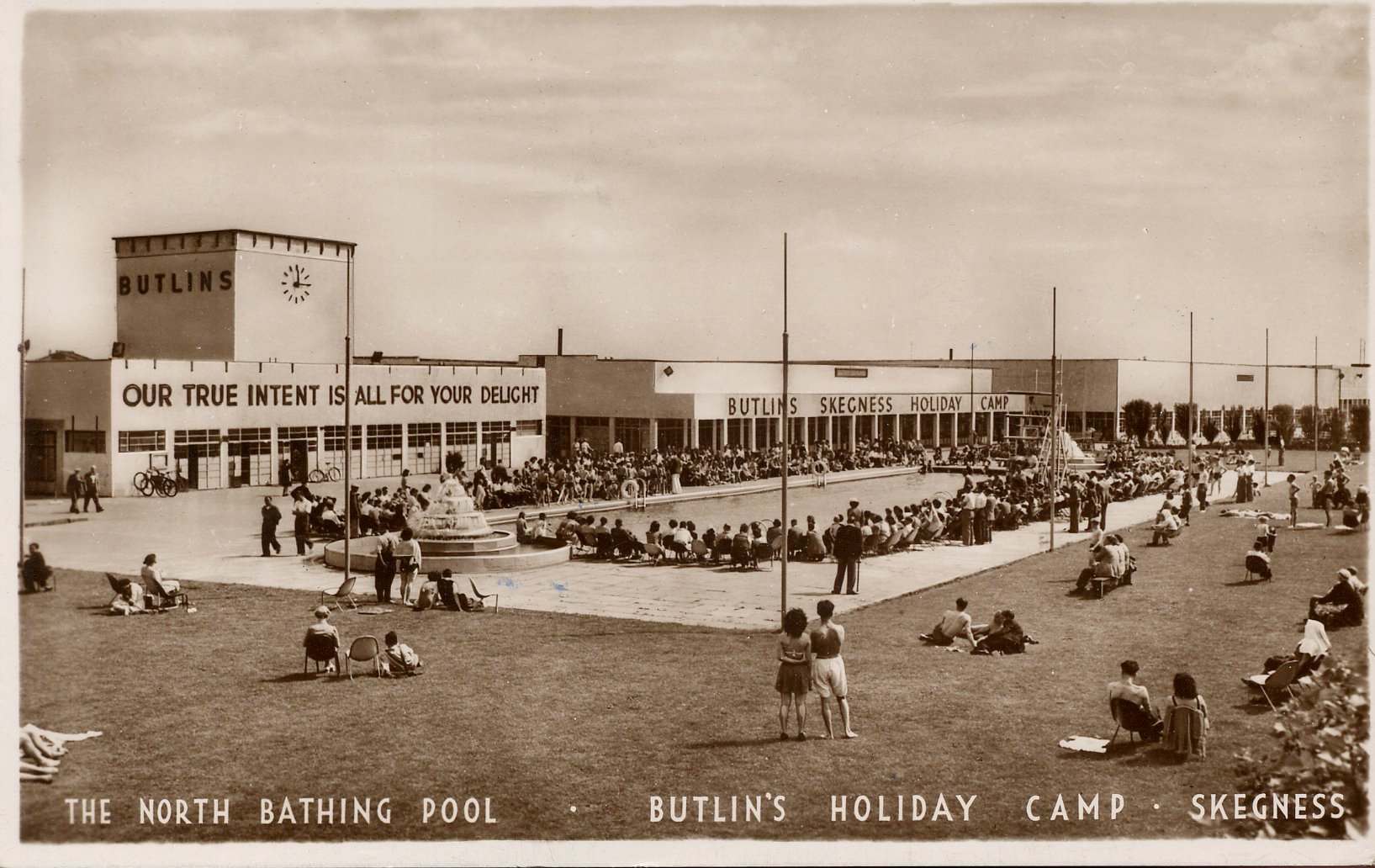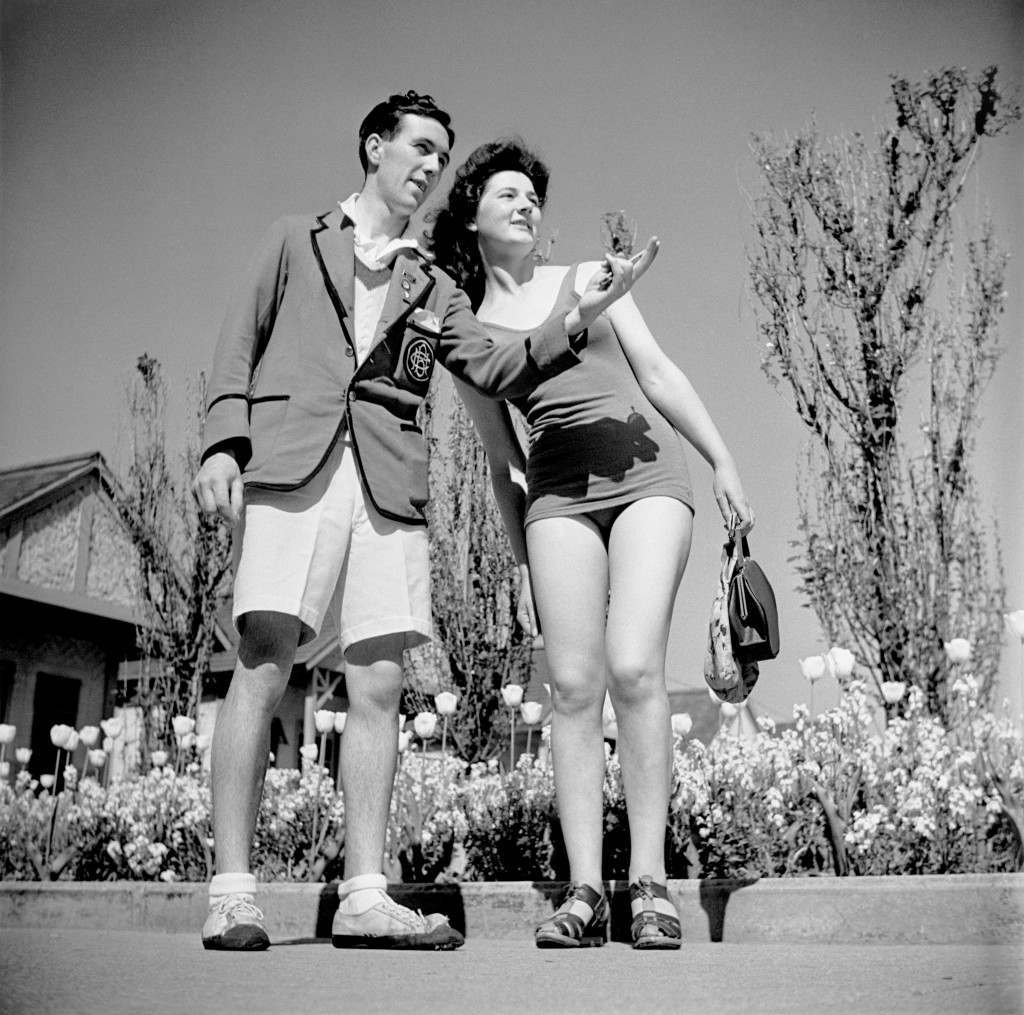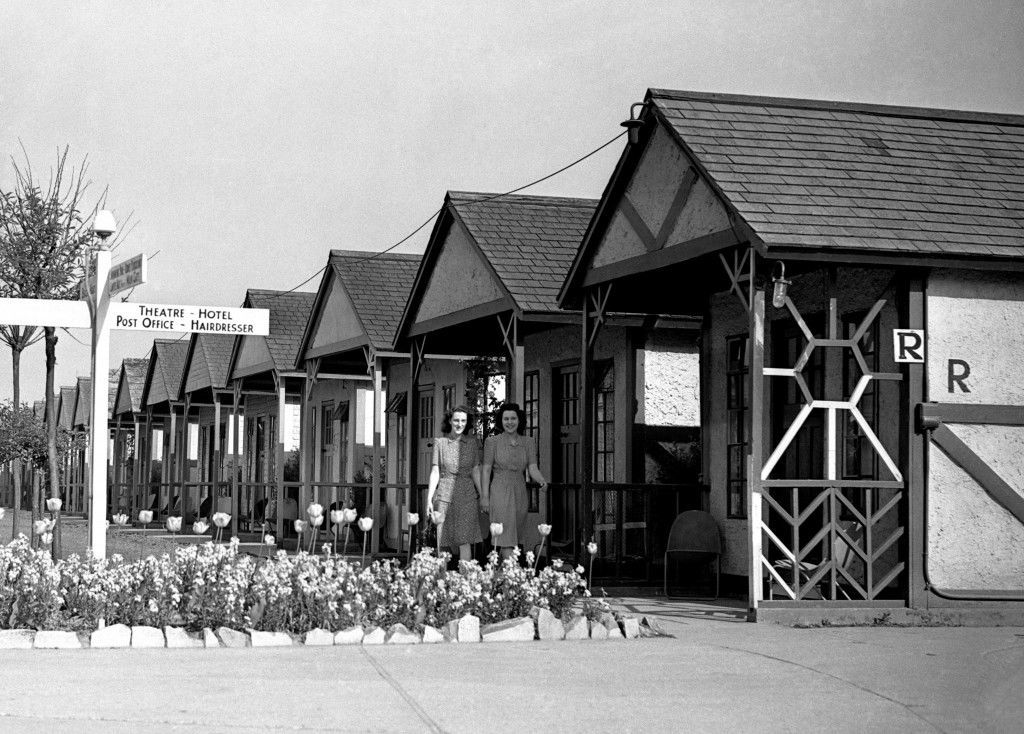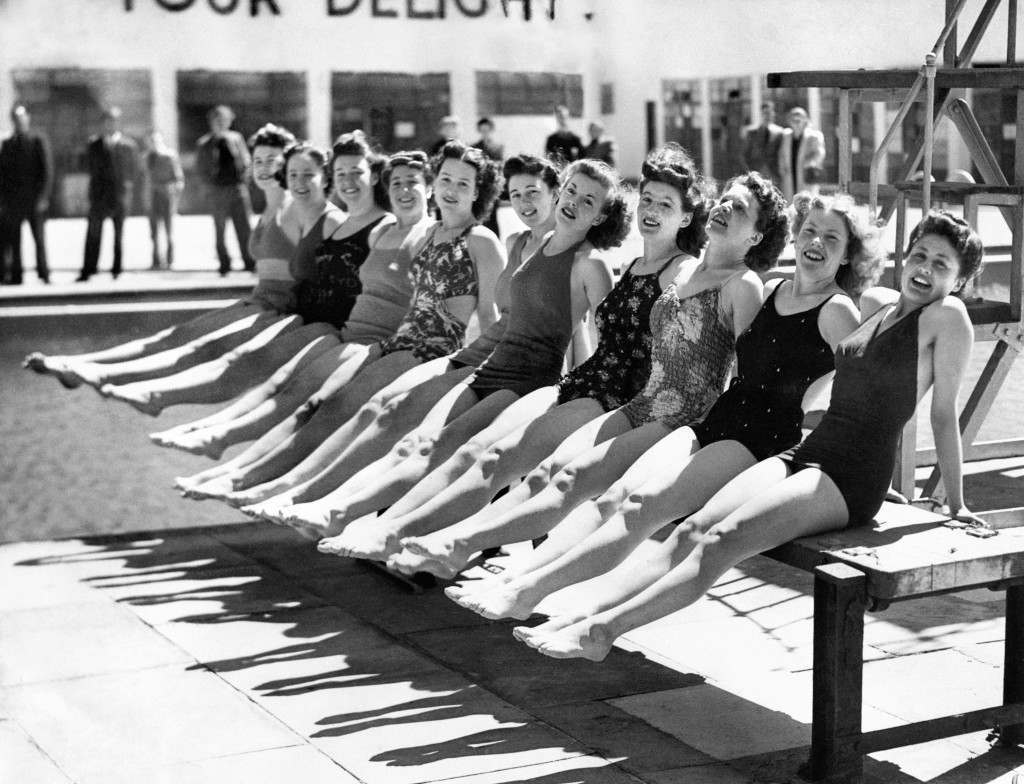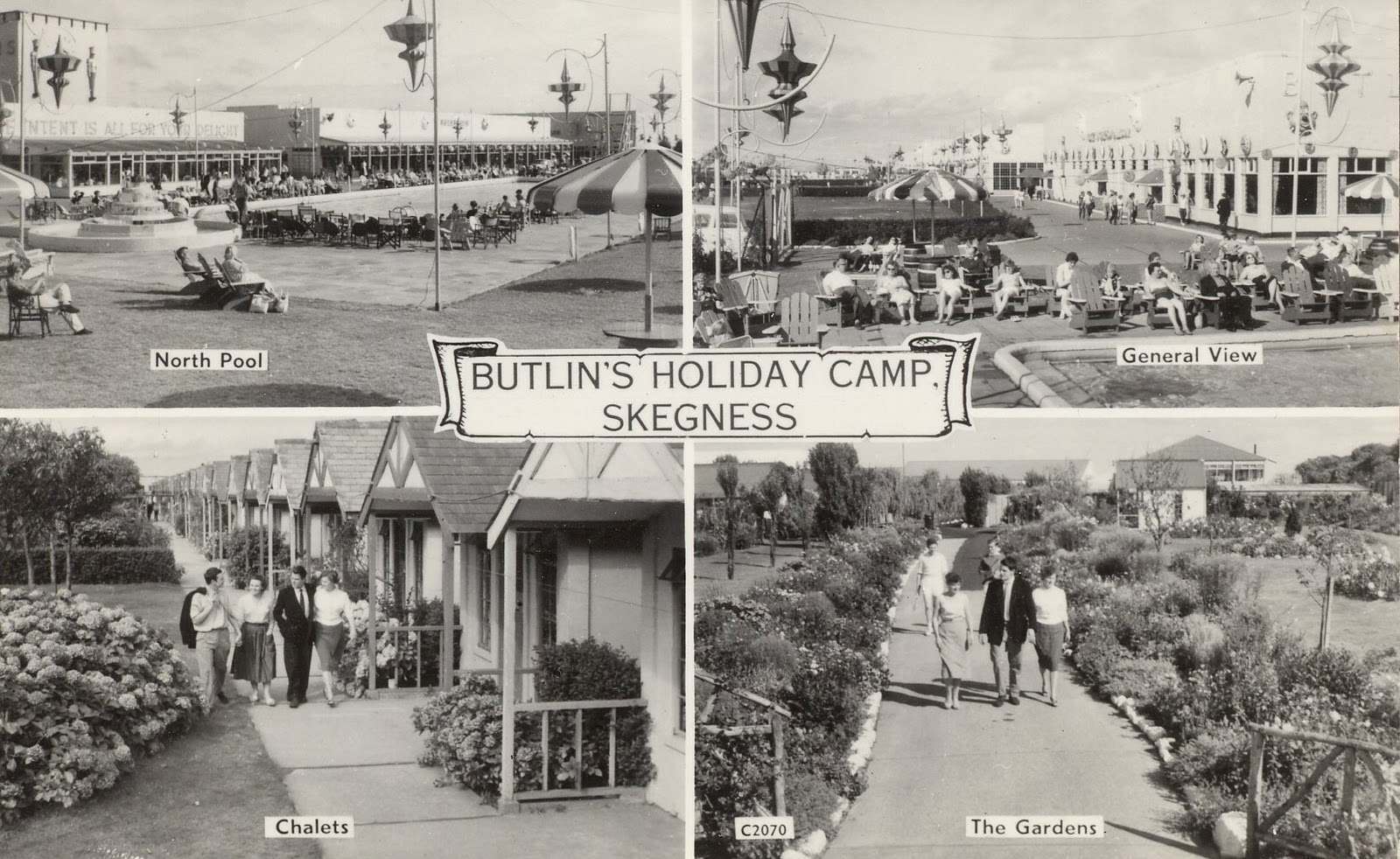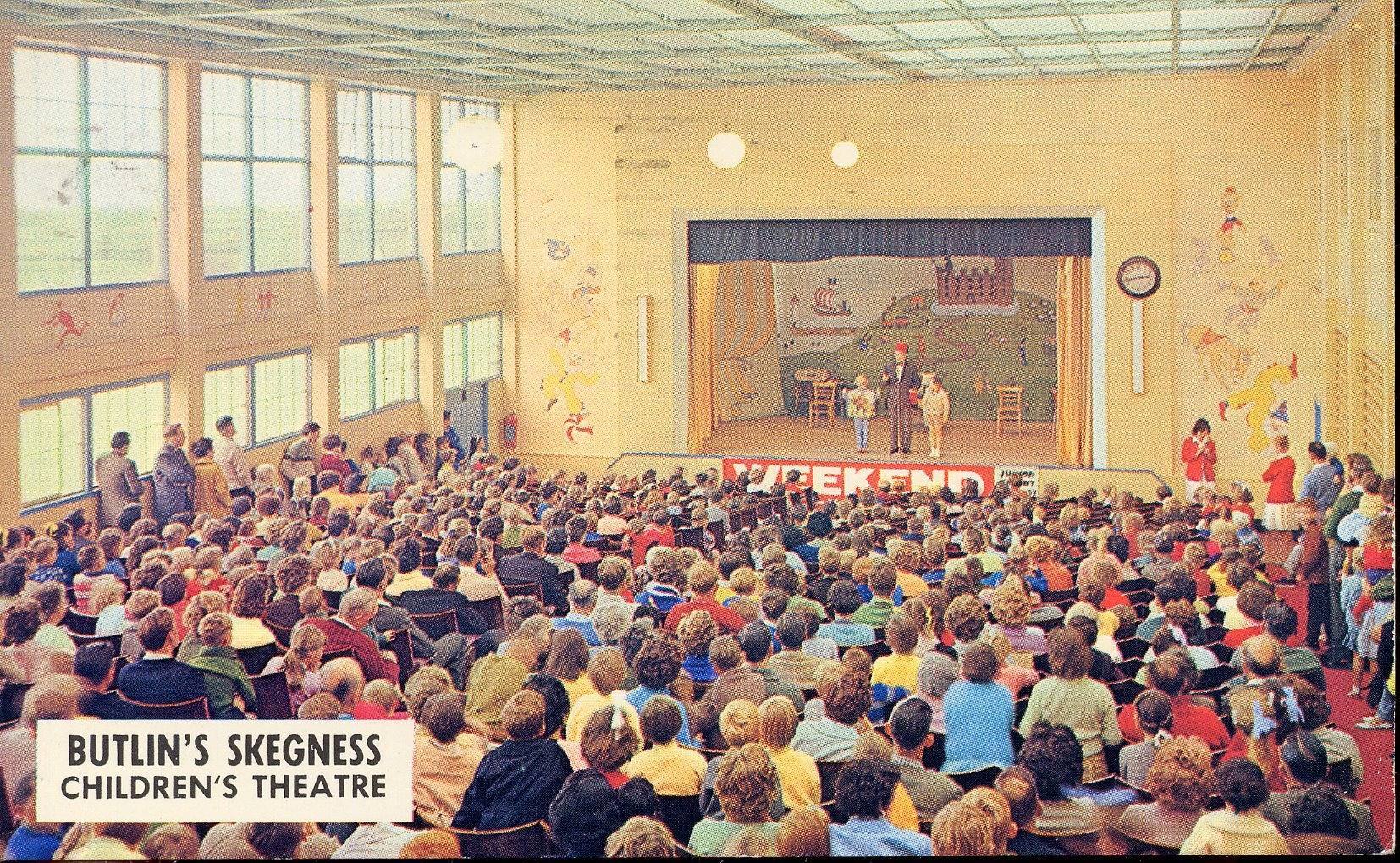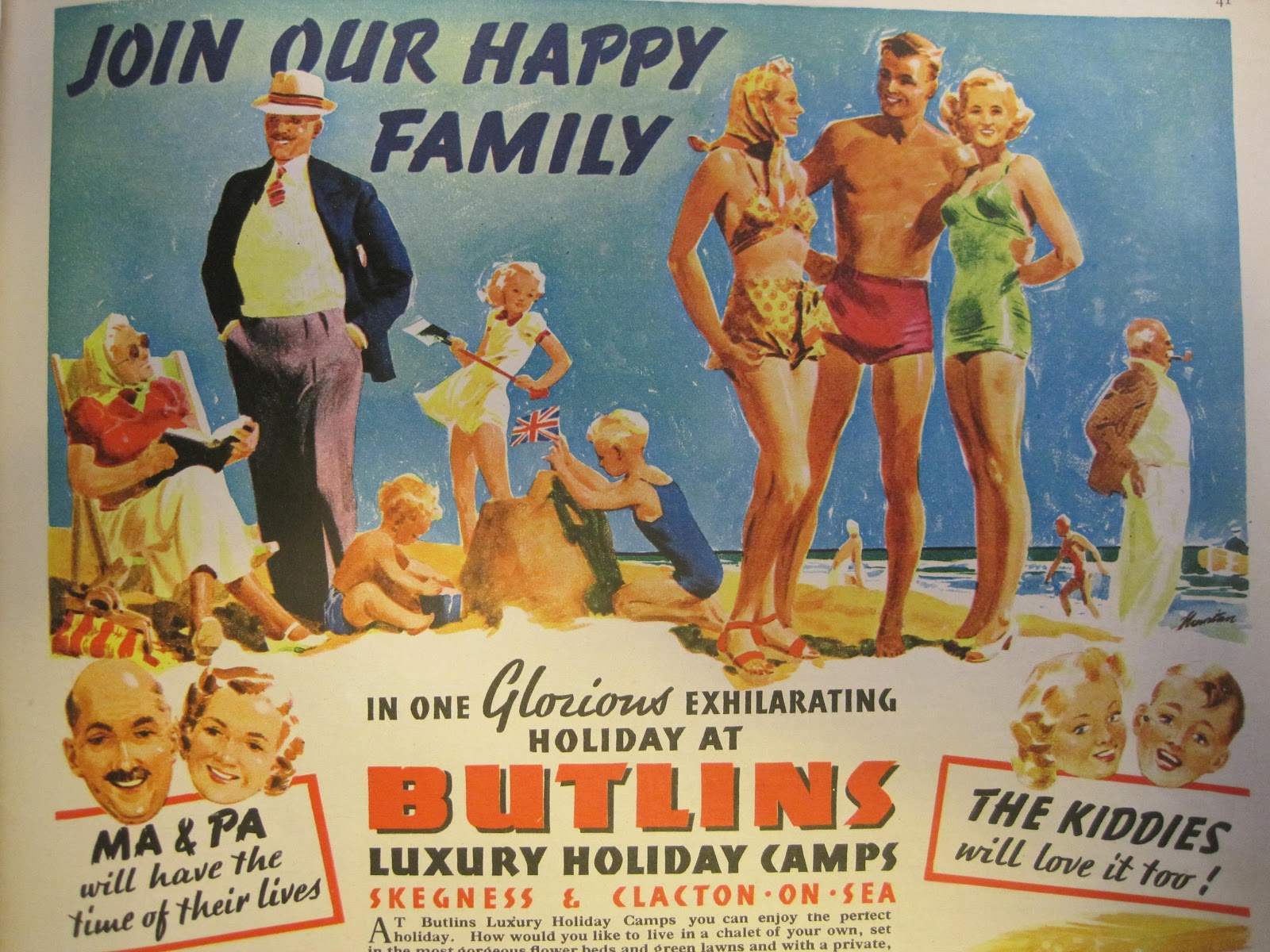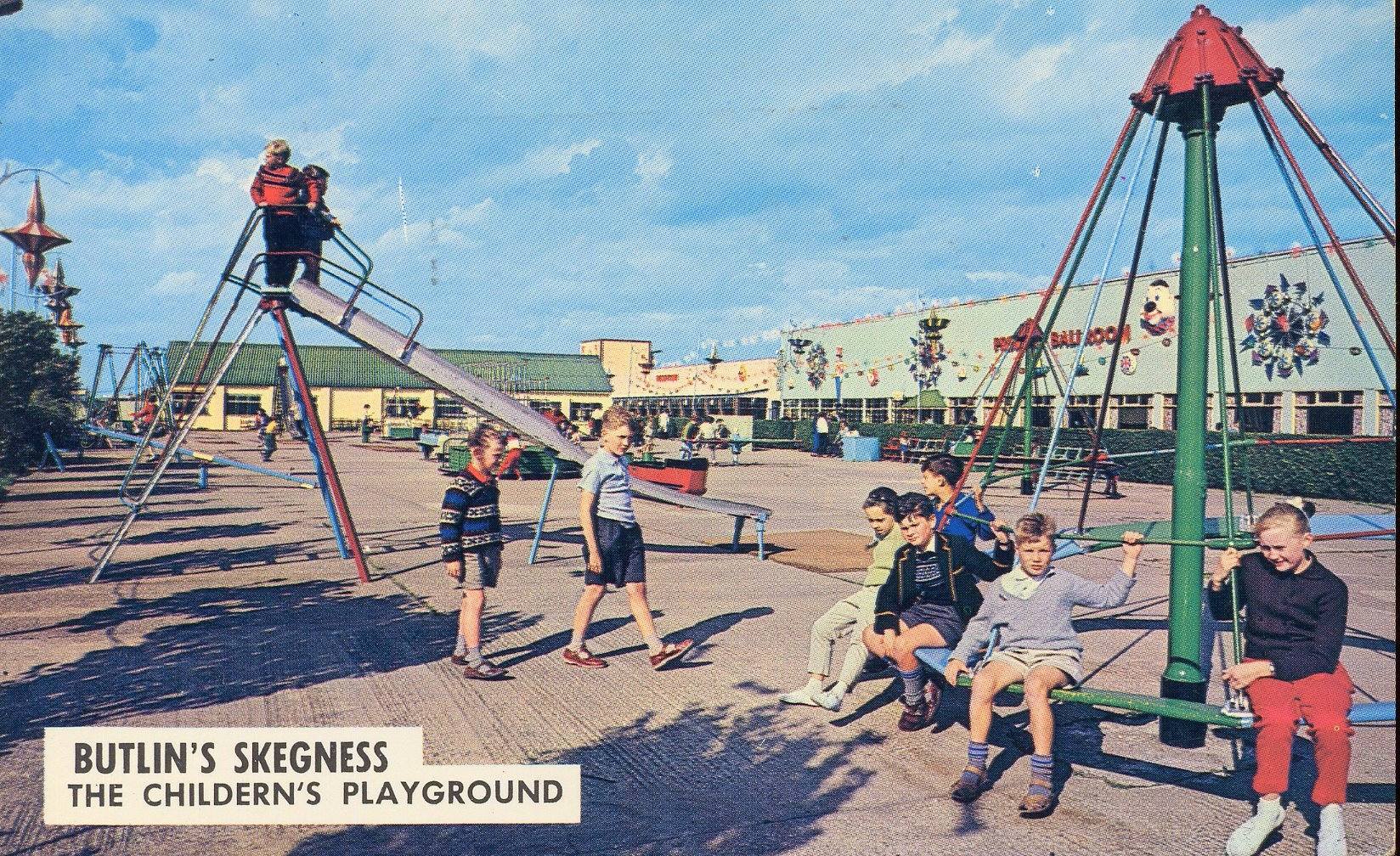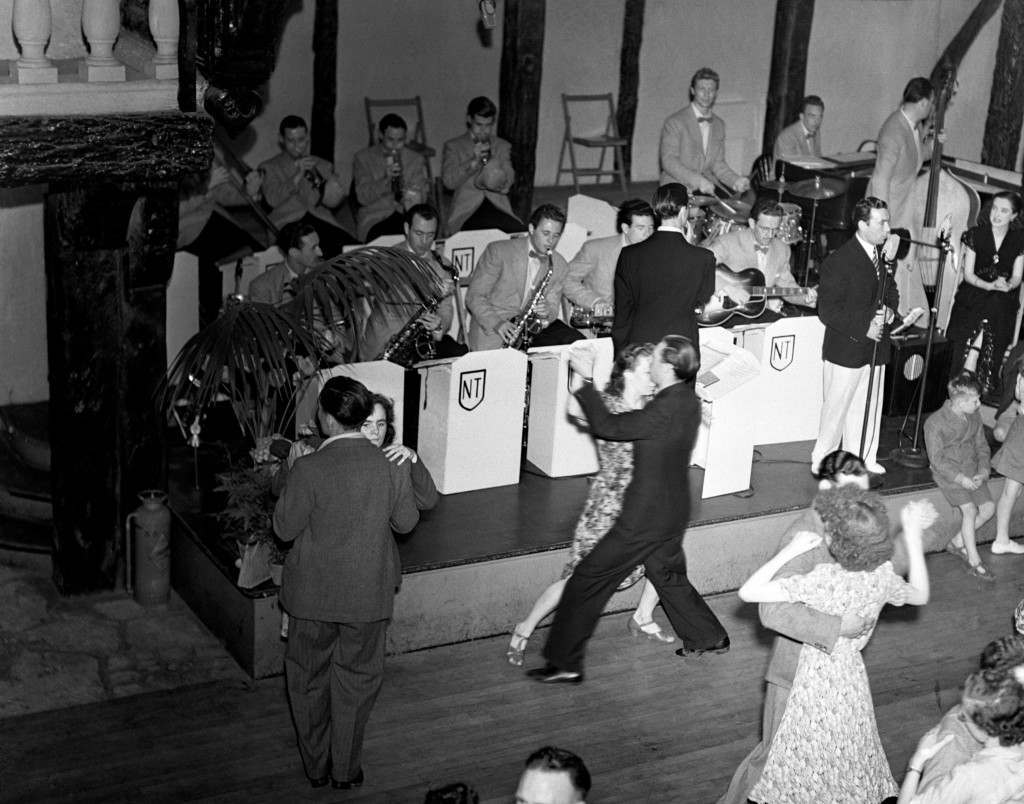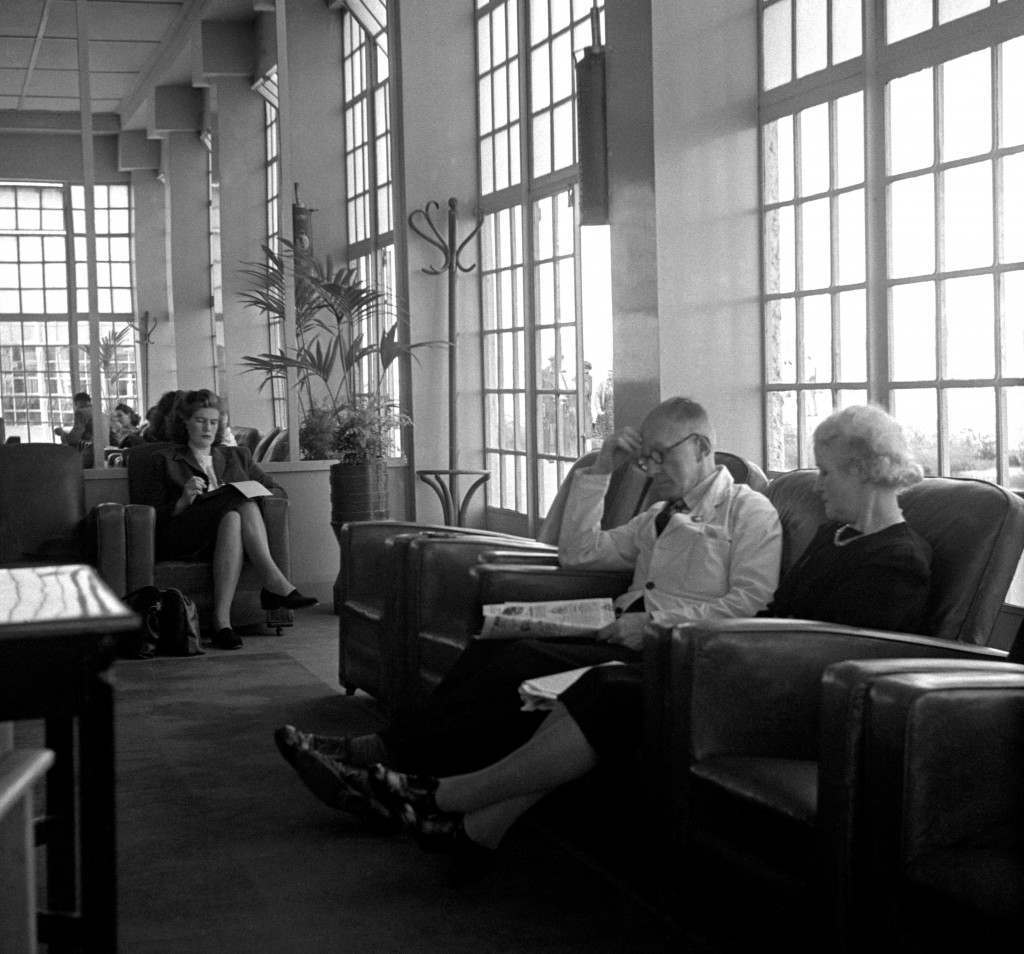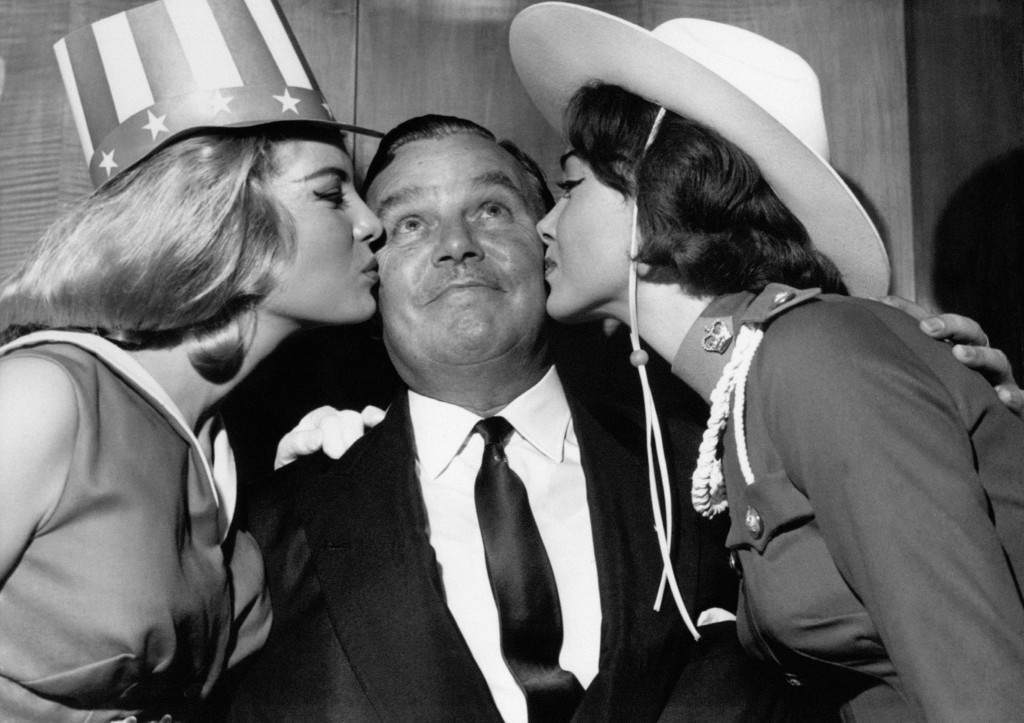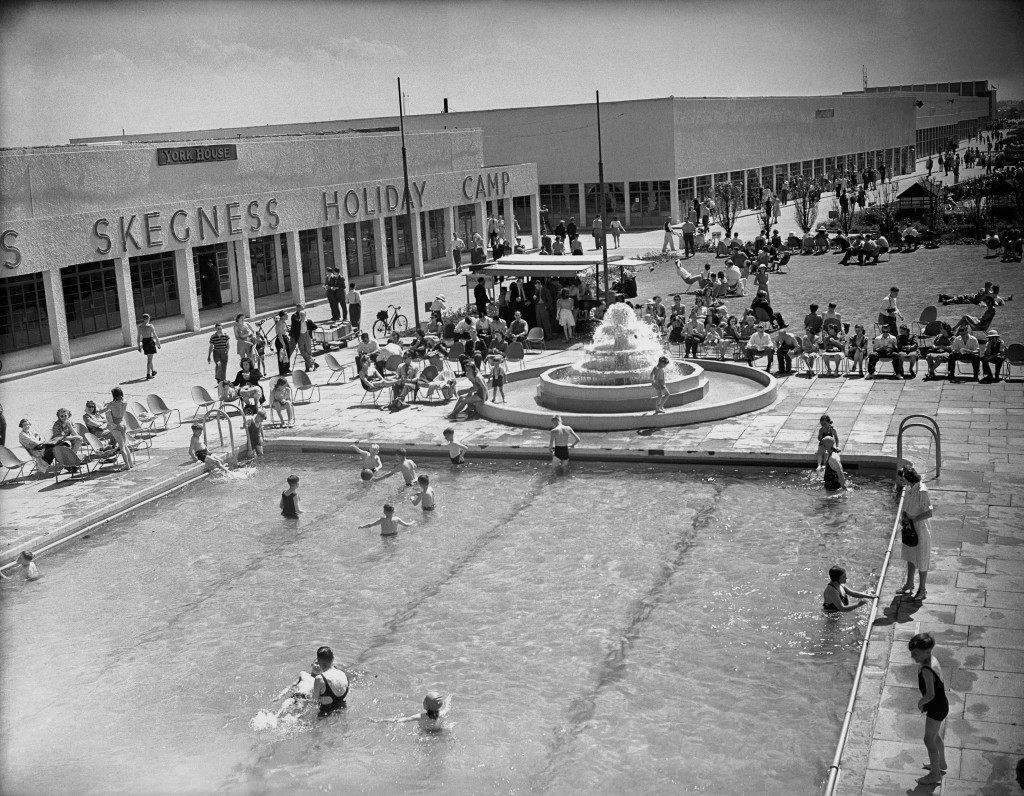The first ever Butlin’s opened at Skegness in Lincolnshire in 1936 and was an immediate success – even during its first season the capacity had to be increased from 500 to 2,000 people. Butlin designed the camp himself and would later say, “my plans were for 1,000 people in 600 chalets with electricity, running water, 250 bathrooms, dining and recreational halls. A theatre, a gymnasium, a rhododendron bordered swimming pool with cascades at both ends and a boating lake.”
Butlin had previously run a travelling fair and set up some fairground stalls at Barry Island in Wales. It was while at Barry that Billy noticed that the typical landlady, whatever the weather, would push the families out of their lodging houses during the day – almost literally. He began to nurture the idea of a holiday camp not dissimilar to the ones he used to attend when he lived in Canada as a child.
In 1927 Butlin had leased a piece of land from the Earl of Scarbrough by the seaside town of Skegness and where he set up an amusement park with hoopla stalls, a tower slide, a haunted house ride and, in 1928, a miniature railway and Dodgem cars — the first time this fairground attraction had been seen in Britain, as Butlin had an exclusive license to import them. During the 1930s Butlin had joined the Warner’s Holiday Camp board and observed their holiday camp being built in Seaton, Devon.
Construction for the Skegness Butlin’s began in September 1935 and was opened in April 1936 by Amy Johnson, the first woman to fly solo from the UK to Australia.
During World War II, the Skegness Butlins became a Naval training base (known as HMS Royal Arthur) but reverted back to a holiday camp in 1946. It is still open today although officially called Butlins Resort Skegness as one of three remaining Butlins resorts. Over 400,000 visitors now attend every year. One of the original 1936 chalet accommodation units is still present and is now a grade II listed building.
The slogan ‘Our True Intent is All for Your Delight’, originally a quote from Shakespeare’s play ‘ A Midsummer Night’s Dream’ was first seen by Billy Butlin when he saw it on the side of a musical organ.
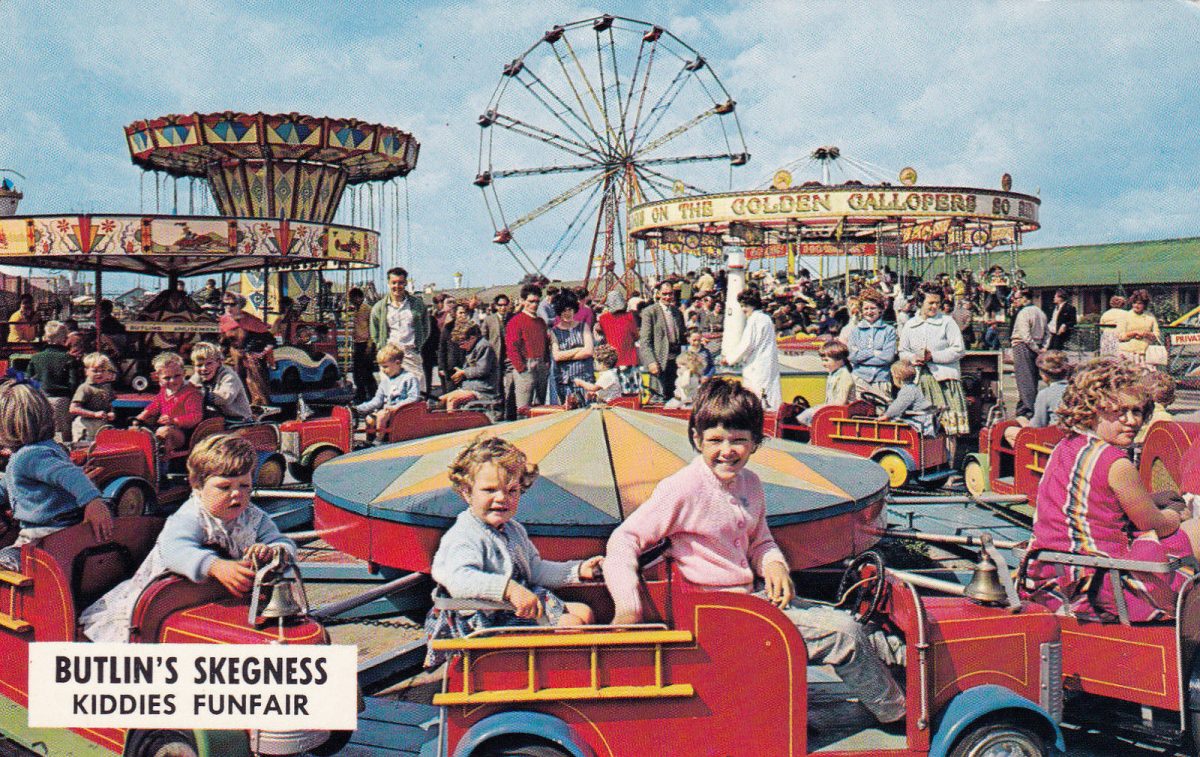
Butlins Skegness – Kiddies Funfair 1960s
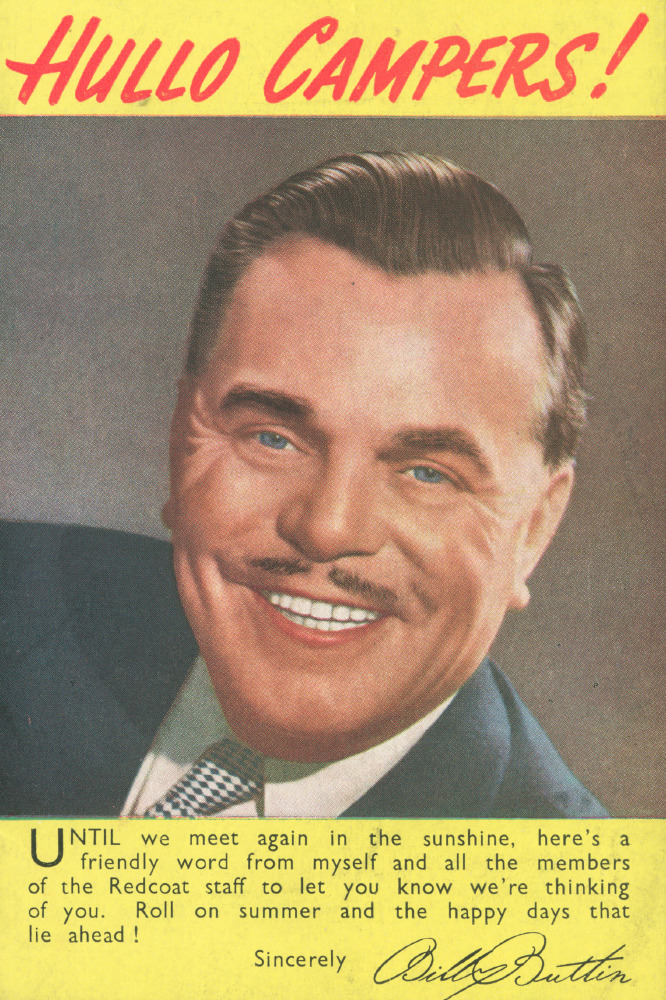

Butlins Skegness – Kiddies Funfair 1960s
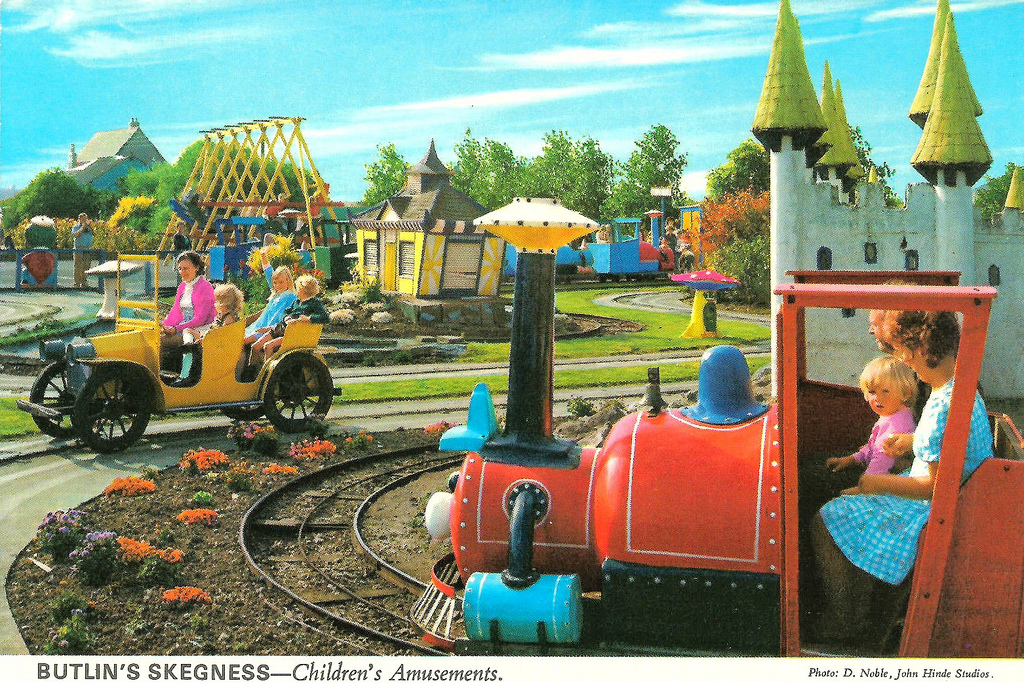
Butlins Skegness – Peter Pan Railway & Vintage Cars
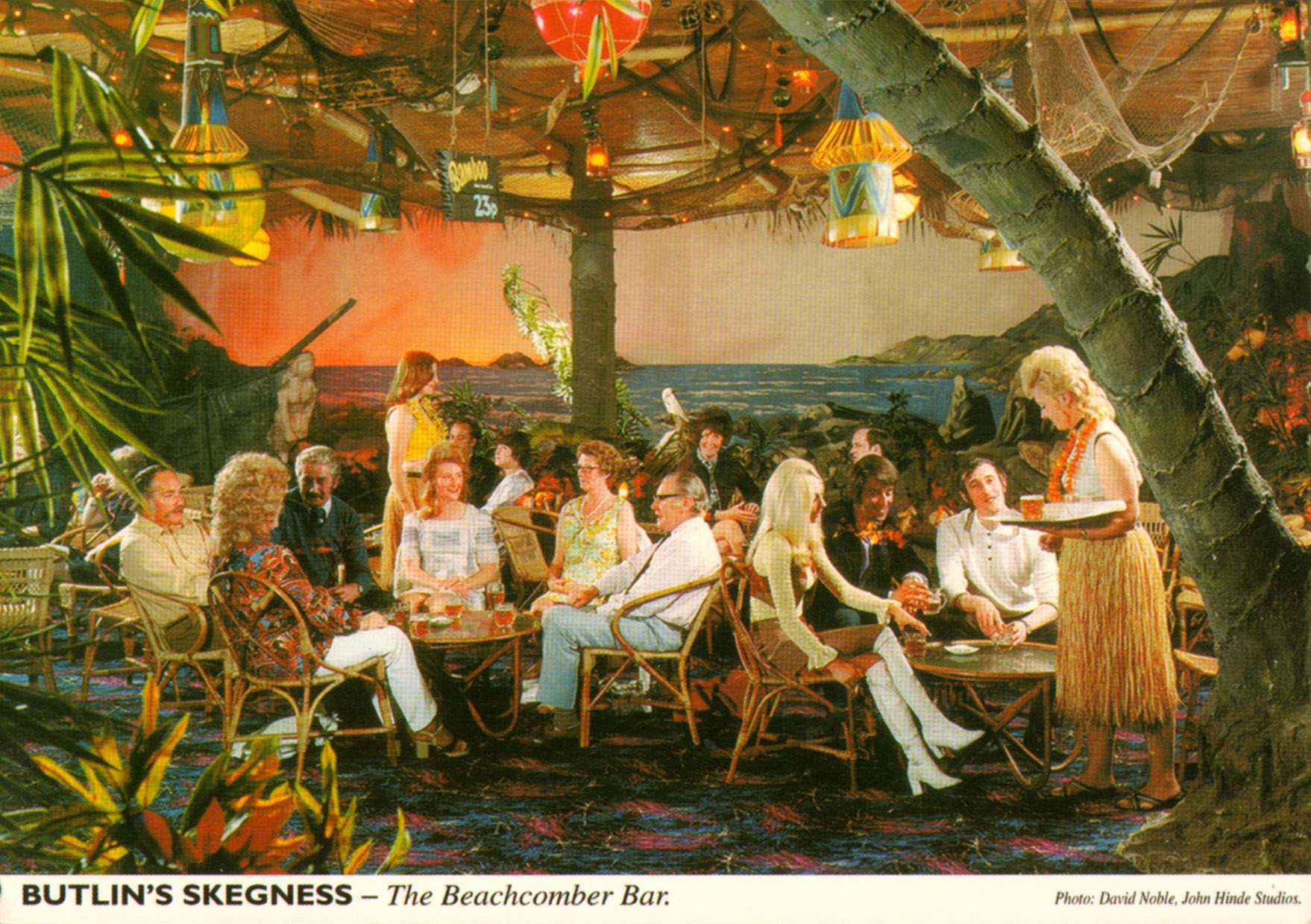
Butlin’s Skegness – The Beachcomber Bar
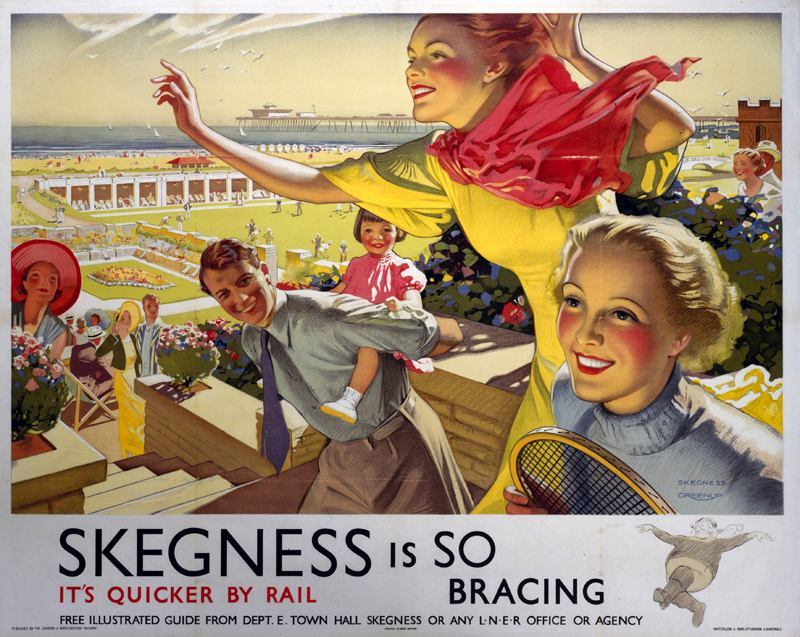
LNER poster advertising rail services to the Lincolnshire resort of Skegness. Artwork by Joseph Greenup
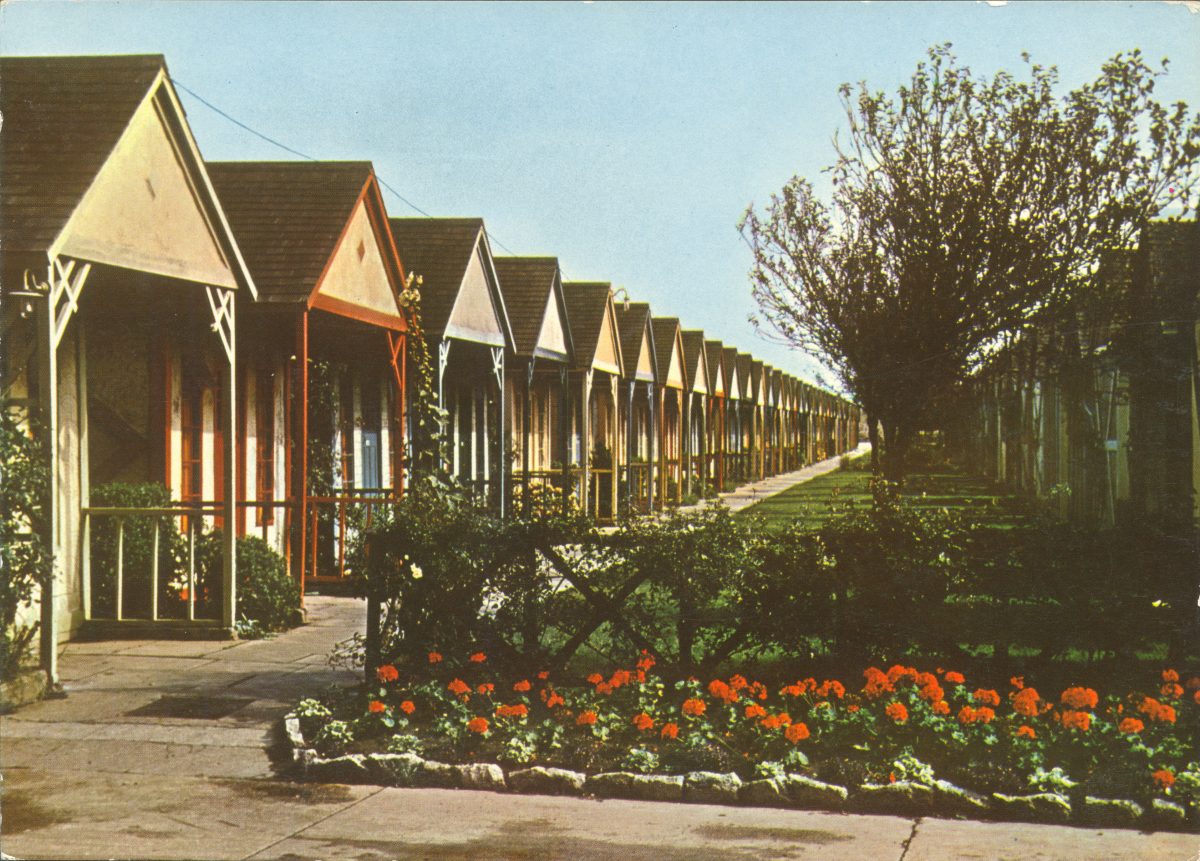
Chalets at Skegness – now grade II listed
Would you like to support Flashbak?
Please consider making a donation to our site. We don't want to rely on ads to bring you the best of visual culture. You can also support us by signing up to our Mailing List. And you can also follow us on Facebook, Instagram and Twitter. For great art and culture delivered to your door, visit our shop.
